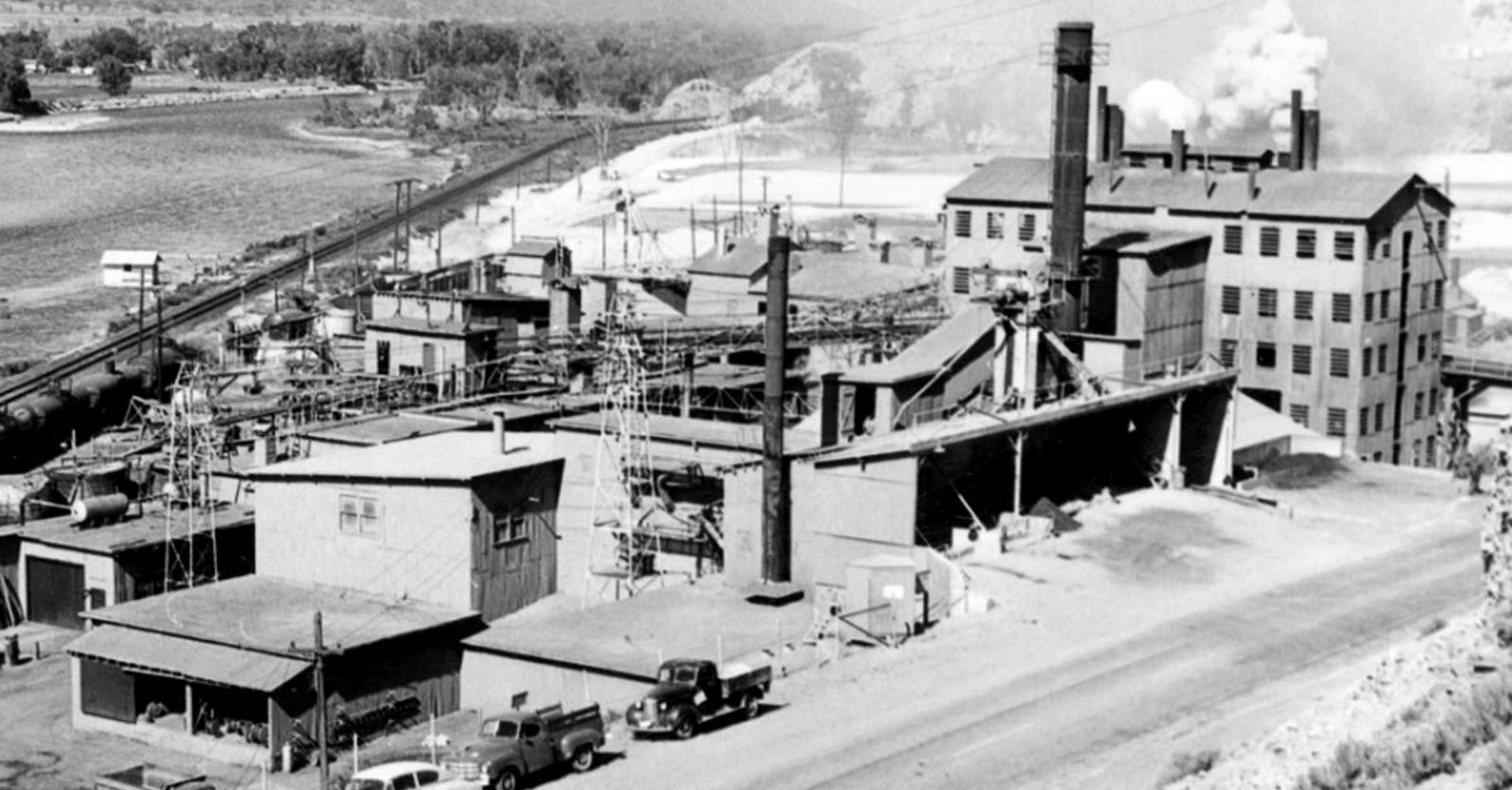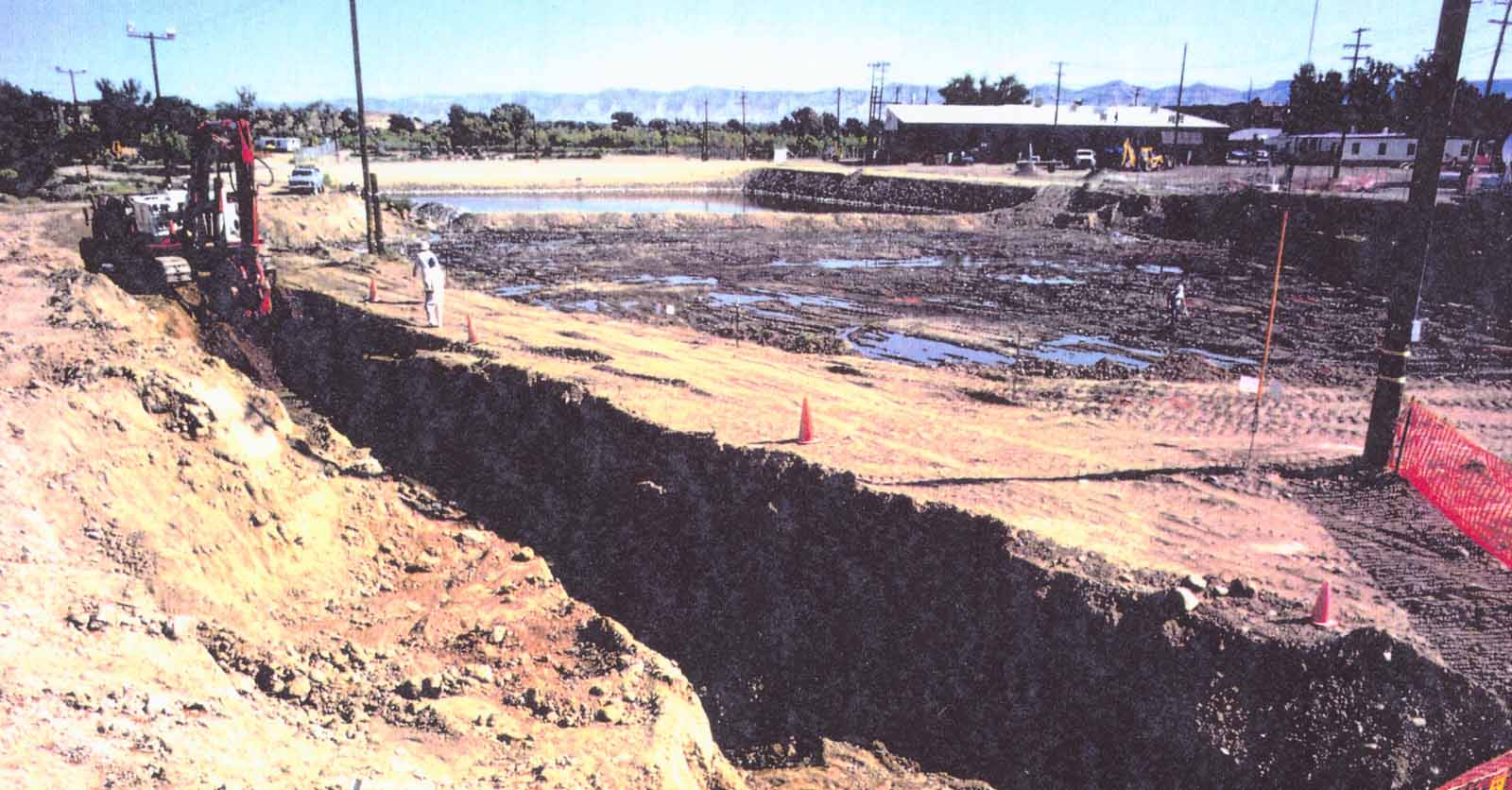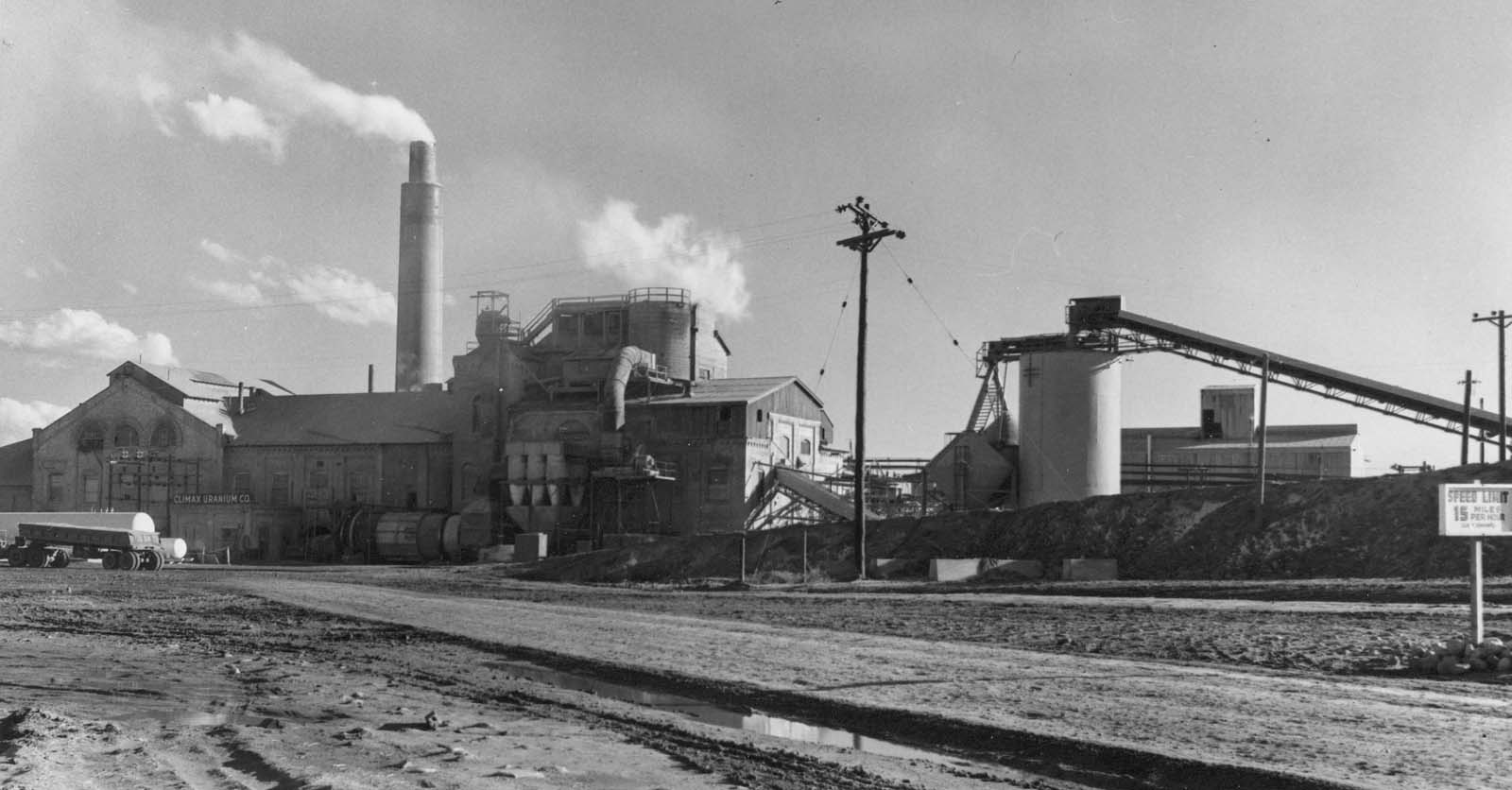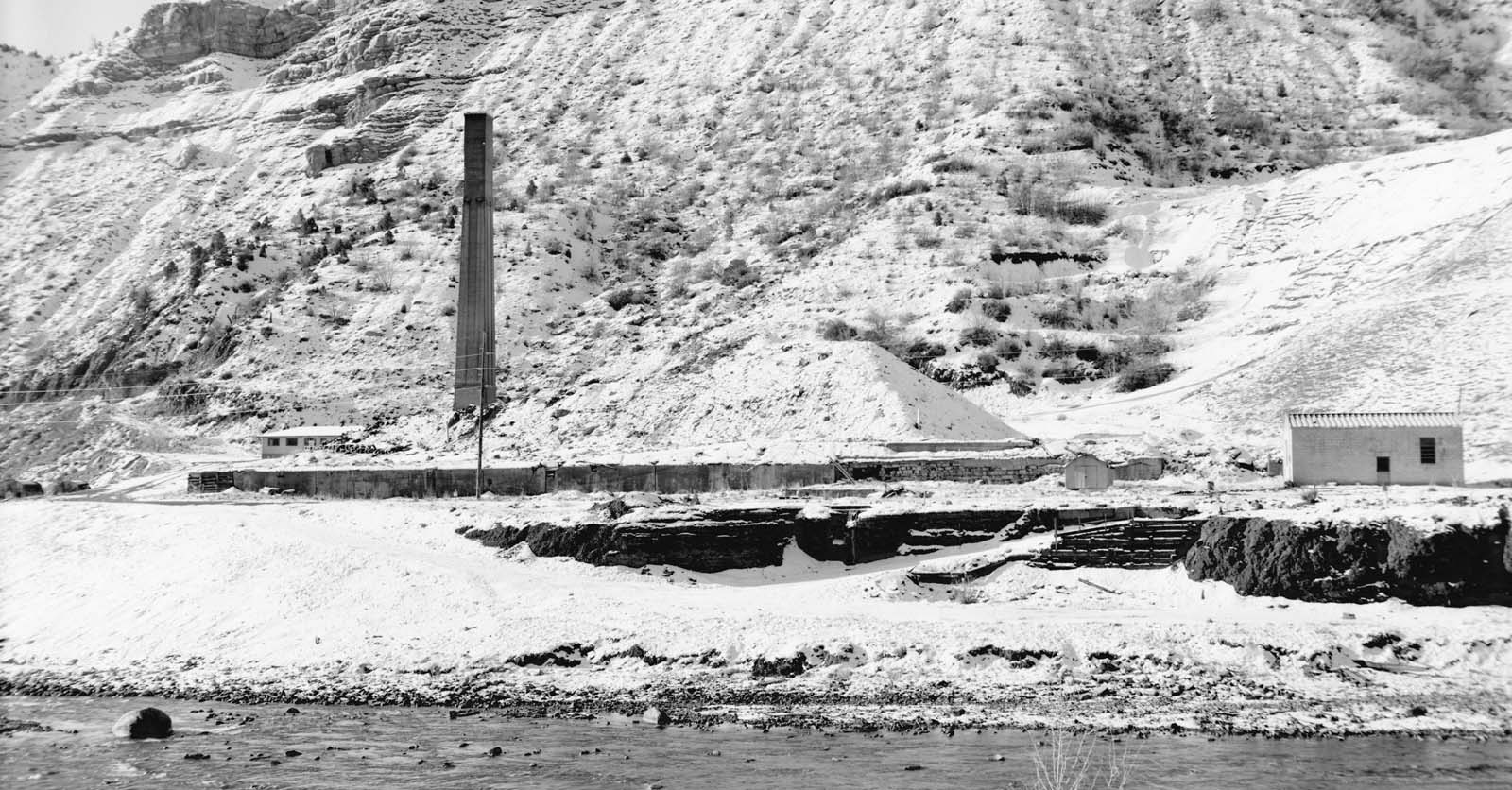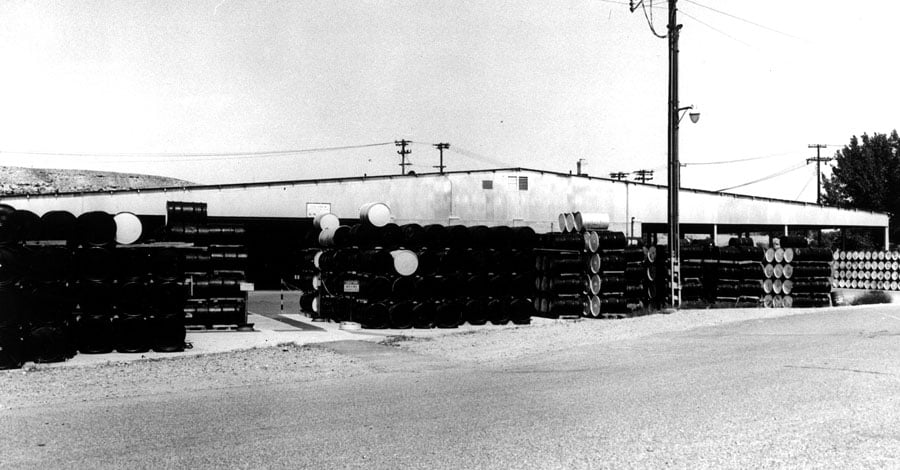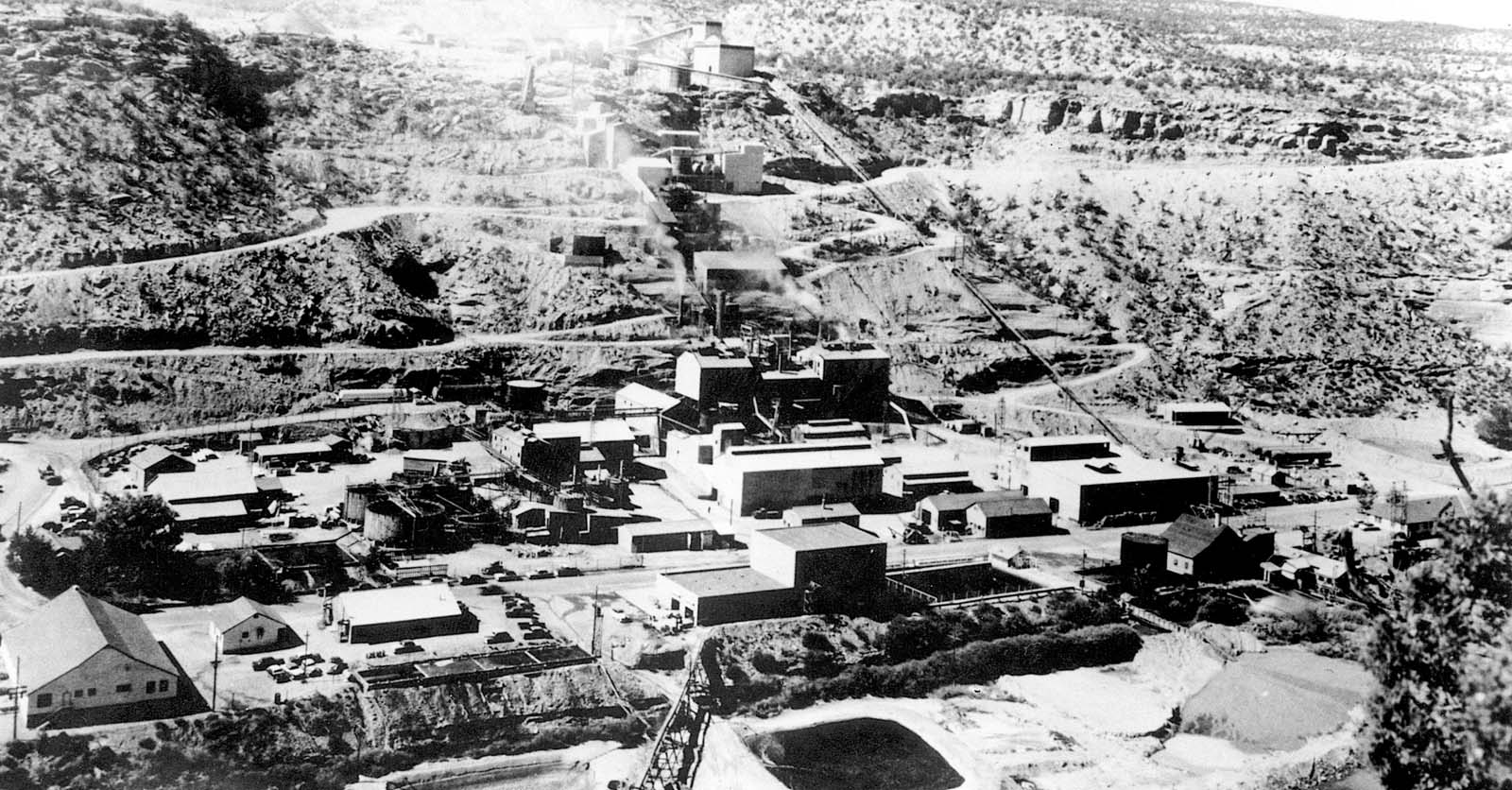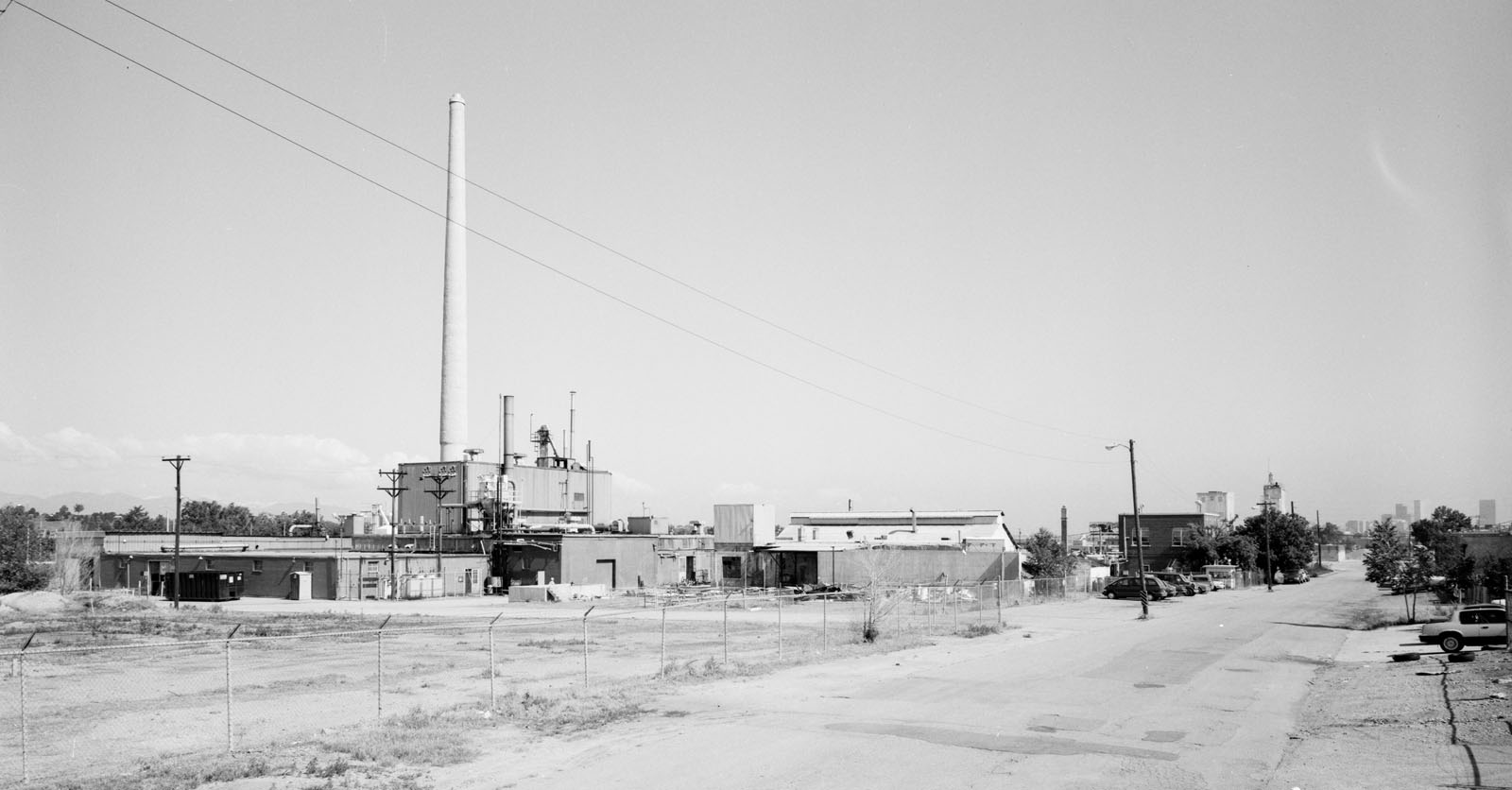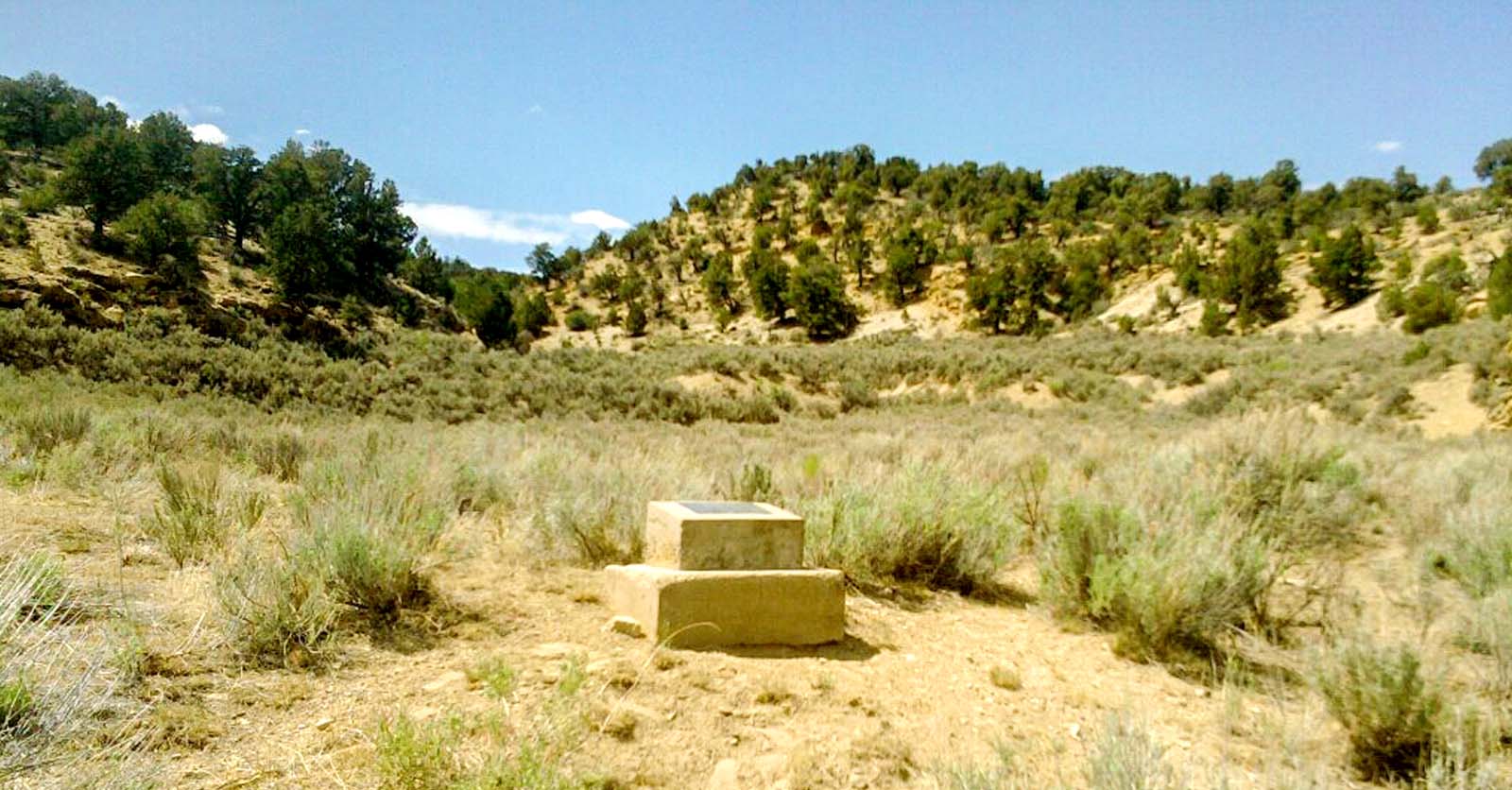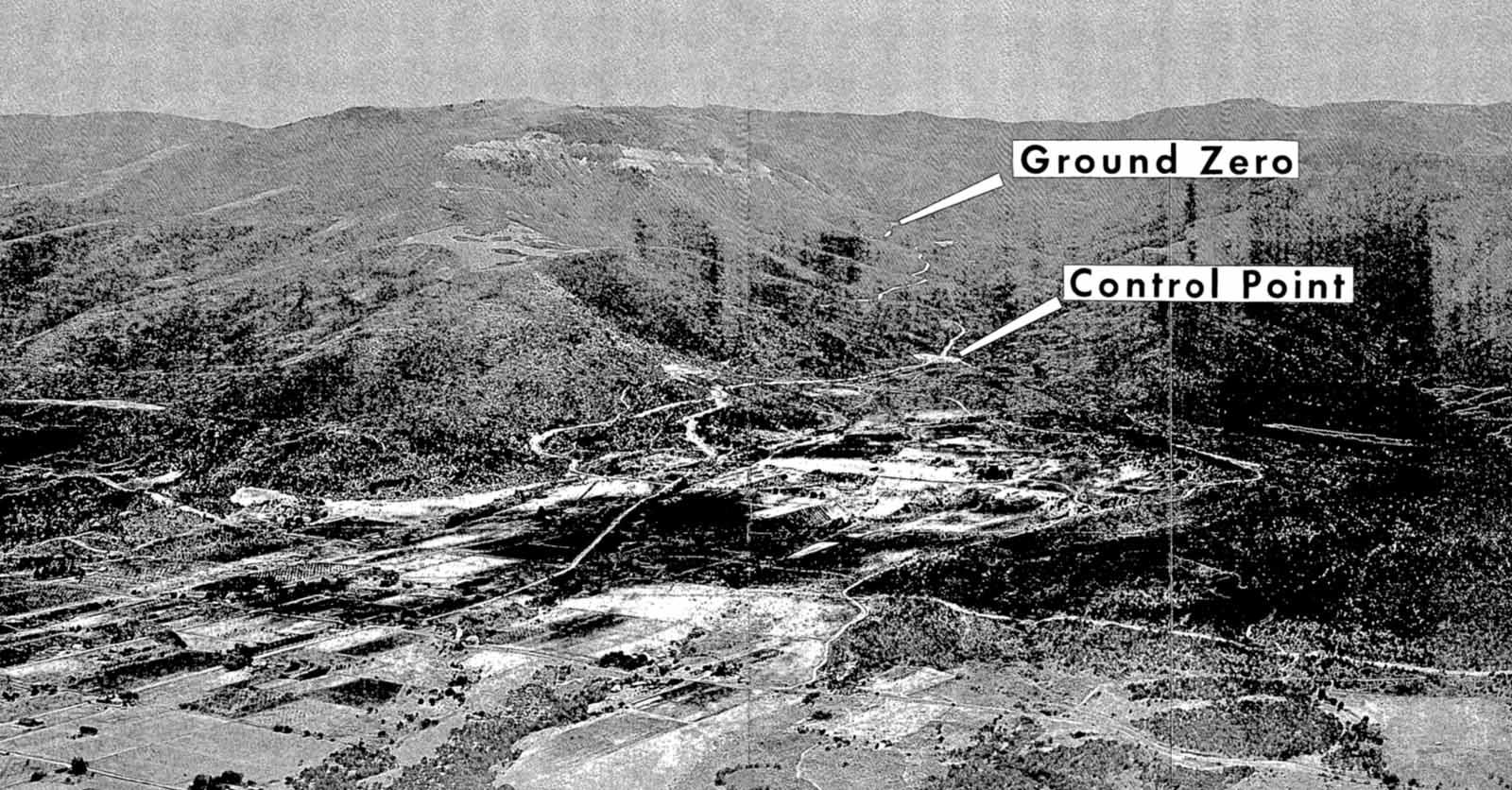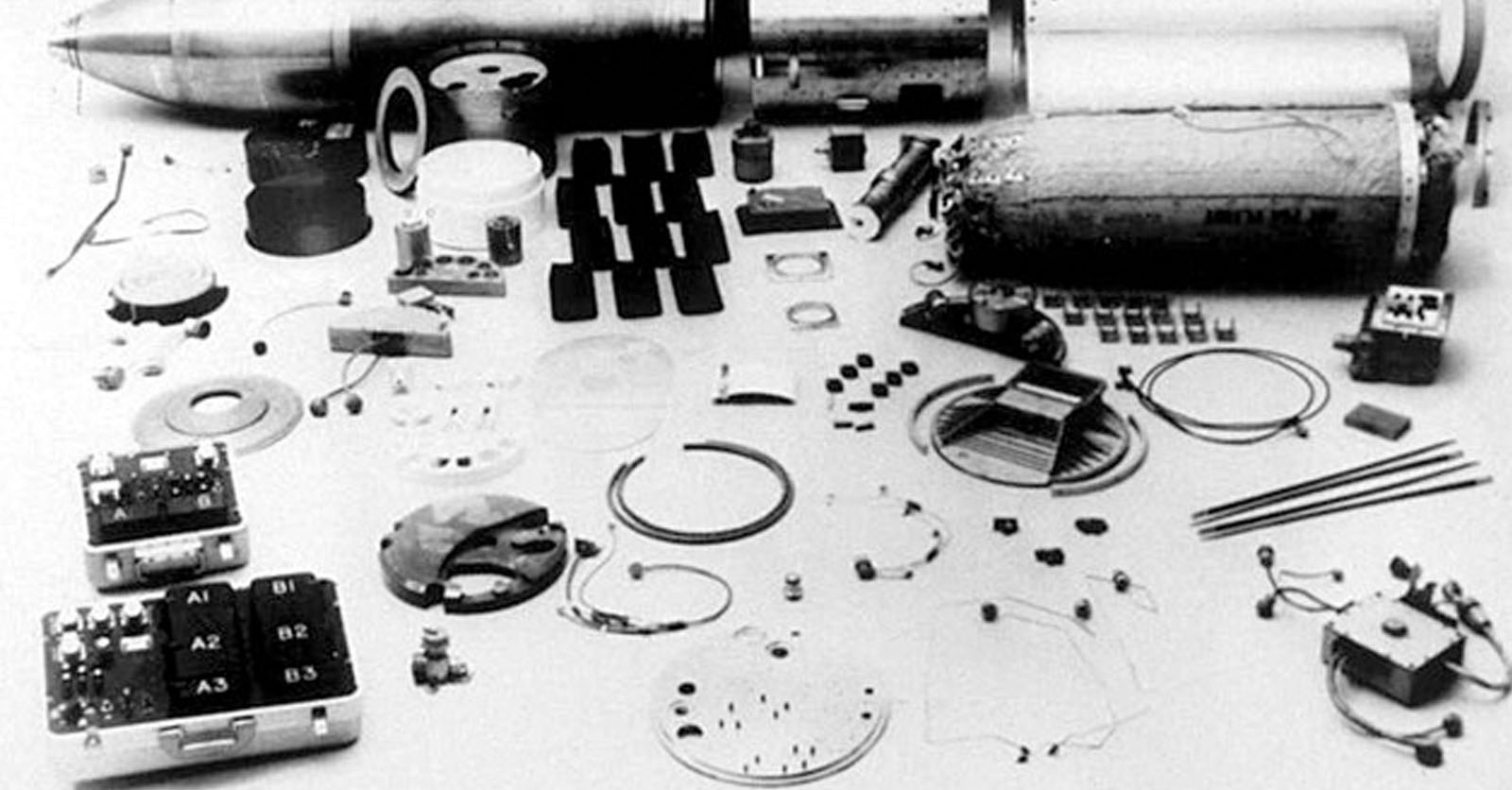3 min read
New Uranium Mill in Rifle, Colorado: Approved for EEOICPA benefits
![]() Trusted Ally Staff
:
Mar 21, 2025 3:40:18 PM
Trusted Ally Staff
:
Mar 21, 2025 3:40:18 PM
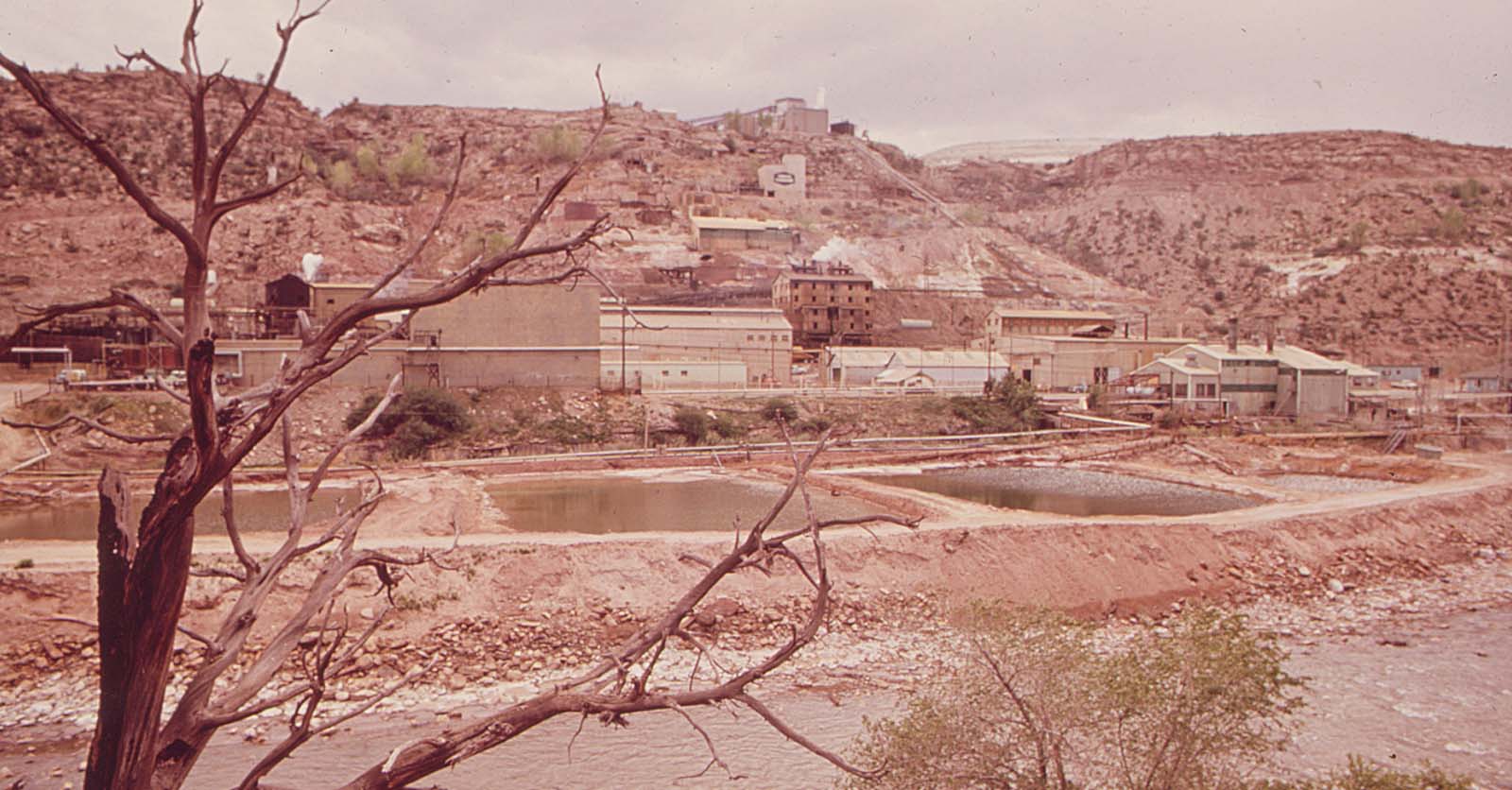
Subscribe to Trusted Ally News
The rise of the New Uranium Mill in Rifle
Tucked along the Colorado River in the town of Rifle, Colorado, the New Uranium Mill played a significant role in America’s nuclear history. Built to support the demands of the Cold War and the burgeoning nuclear energy industry, this facility, like many others in the uranium boom, came with hidden dangers.
In the mid-1900s, Rifle became a hotspot for uranium milling. The New Rifle Uranium Mill, sometimes referred to as the "New Rifle Mill" to distinguish it from the older "Old Rifle Mill" nearby, was constructed in 1958 by the Union Carbide Corporation. It replaced the earlier facility to accommodate the growing demand for uranium processing.
The mill processed uranium ore to extract yellowcake, a concentrated form of uranium oxide used in nuclear reactors and weapons. Between 1958 and 1970, it operated at full capacity, with workers handling large volumes of radioactive material daily. Though the site provided economic opportunities for Rifle’s residents, it also exposed many of them to unseen dangers.
What did uranium milling involve?
Milling uranium ore is a labor-intensive process that involves crushing the rock, leaching it with chemicals like sulfuric acid, and then separating the uranium. At the Rifle mill, this process generated significant quantities of radioactive dust, radon gas, and toxic chemical waste, exposing workers to harmful substances on a daily basis.
Adverse health effects among workers
At the time, knowledge about the risks of radiation and chemical exposure was limited and in some cases, disregarded in the push for productivity. As a result, many mill workers experienced serious health issues linked to their work at the facility.
1. Lung cancer and respiratory illnesses
The milling process released radon gas, a radioactive byproduct of uranium decay. Workers inhaled radon and its decay products without adequate ventilation or protective equipment. This exposure significantly increased their risk of developing lung cancer.
In addition to radon, radioactive dust and silica particles led to chronic bronchitis, pulmonary fibrosis, and silicosis, all debilitating respiratory diseases.
2. Kidney disease
Uranium is a heavy metal that, when inhaled or ingested, can accumulate in the kidneys and cause long-term damage. Many workers at the New Rifle Mill developed chronic kidney disease, with some suffering from complete renal failure later in life.
3. Leukemia and other cancers
Long-term exposure to gamma radiation and radioactive particulates damaged bone marrow and immune systems, increasing the risk of leukemia and other blood disorders. Additionally, cancers of the stomach, liver, and bone were reported among mill workers and nearby residents.
4. Skin conditions
Workers often handled uranium ores and processed materials without proper protective gear. Prolonged skin contact with radioactive materials led to radiation burns, chronic skin ulcers, and in some cases, skin cancer.
5. Reproductive and genetic effects
While less extensively documented, there have been reports of birth defects and reproductive issues among the families of mill workers, likely due to prolonged radiation exposure and contamination brought home on clothing and equipment.
Environmental and community impact
The health effects were not limited to workers alone. The tailings left over after uranium was extracted were stored in massive, unlined piles that leached radioactive contaminants into the soil and groundwater. These tailings were sometimes used in local construction projects, leading to radiation exposure in homes, schools, and businesses throughout Rifle and neighboring communities.
Water contamination and air pollution from the mill affected residents, increasing their risk of radiation-related illnesses long after the mill shut down.
Government response and cleanup efforts
The New Rifle Mill closed in 1970, but the environmental damage it caused lingers today. Under the Uranium Mill Tailings Radiation Control Act (UMTRCA) of 1978, the site was targeted for cleanup by the U.S. Department of Energy (DOE).
Remediation efforts included:
- Removing contaminated soil and tailings.
- Transporting radioactive materials to specially designed disposal cells.
- Monitoring groundwater contamination.
- Decontaminating affected buildings in the area.
Today, the site is managed under the DOE Office of Legacy Management, which oversees long-term stewardship to ensure public safety.
Approved for EEOICPA White Card benefits
The New Uranium Mill in Rifle is covered under The Radiation Exposure Compensation Act (RECA).
RECA by itself provides lump sum compensation and does not cover healthcare costs. But uranium workers who are approved for RECA compensation may also qualify for lifetime healthcare benefits for covered conditions under the Energy Employees Occupational Illness Compensation Program Act or the EEOICPA White Card Program.
DOE contractors conducted environmental remediation under the Uranium Mill Tailings Radiation Control Act, addressing hazardous materials from September 1988 to September 1989 and removing contaminated mill tailings from April 1992 to October 1996. Workers involved may also qualify for lifetime healthcare benefits for covered conditions under the EEOICPA White Card Program.
As of March 2025, New Uranium Mill in Rifle DOE contractors have received over $1.3 million in EEOICPA settlements and medical bills paid.
Let us check if you or a loved one qualifies for up to $400,000 plus free medical care in the comfort of home.
Your pathway to care starts with Trusted Ally Home Care. Get started today and let us guide you through the process of receiving the care you or a loved one deserves.
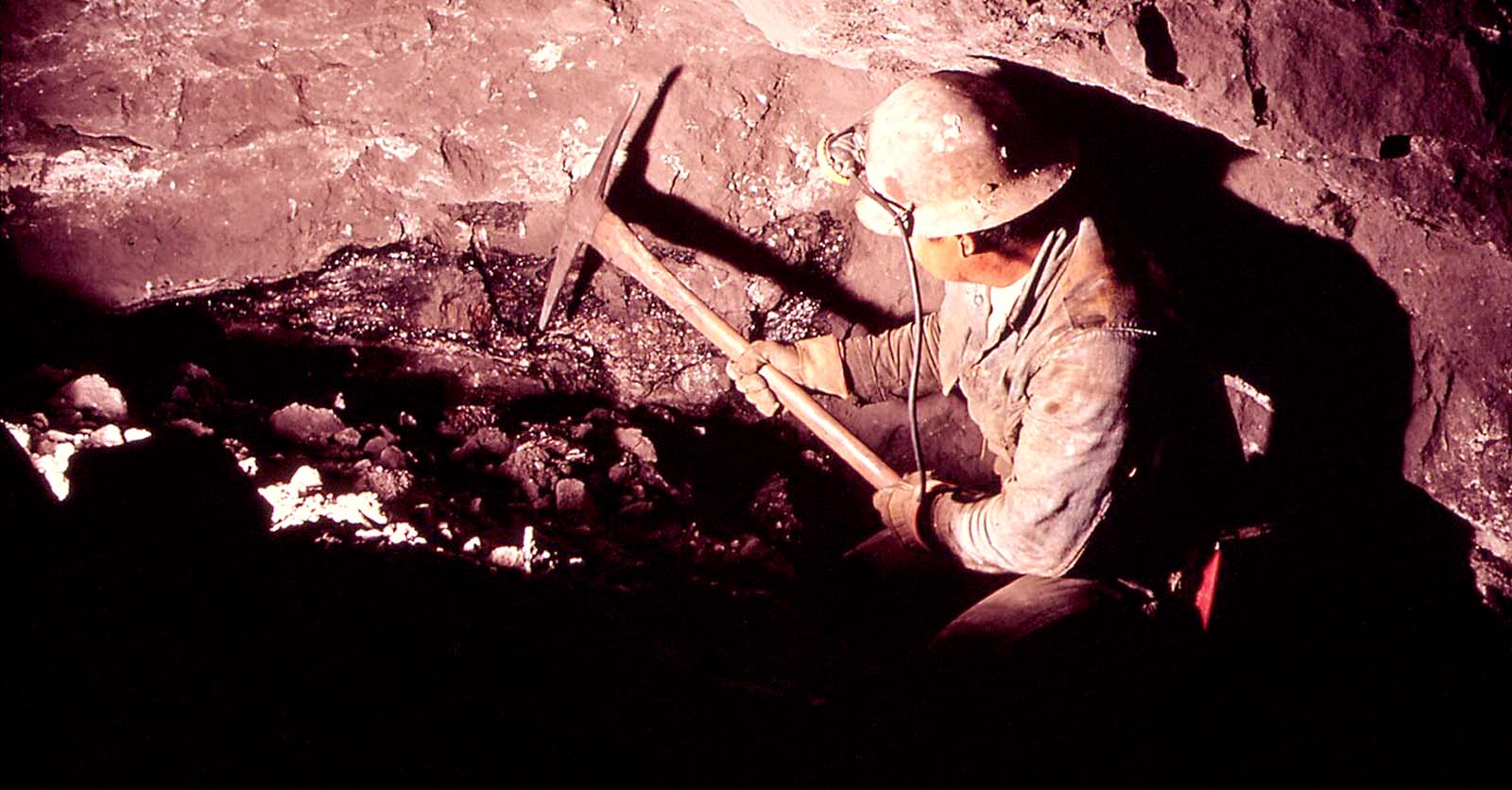 Read More
Read More






